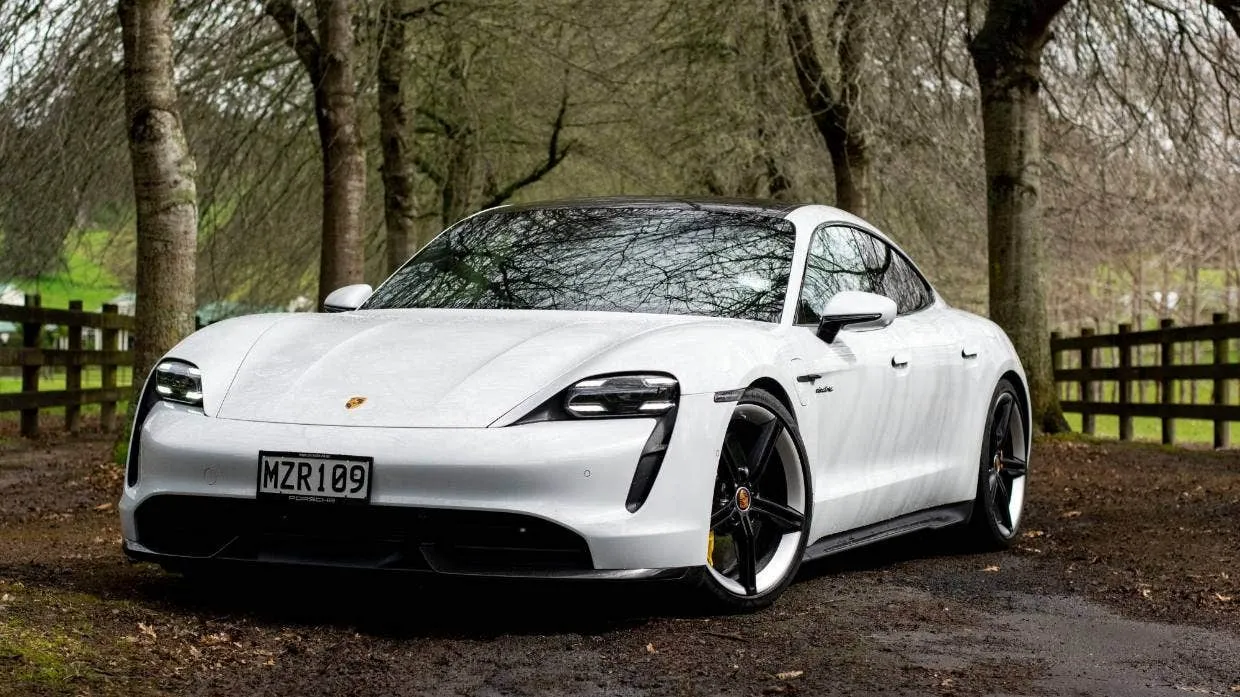Whether or not you believe human intervention is responsible for increased CO2 emissions and that those emissions are a matter of planetary life and death, Ardern’s goal of 100% renewable energy by 2035 is quite simply unrealistic.
I hope the popular ute turns out to be Ardern’s shower head moment and farmers’ and tradies’ cries of disgust resound far and wide. How dare Ardern blackmail working men and women with a ute tax for refusing to buy a poncy, unsuitable EV? Ardern’s nuclear moment may spectacularly blow up in her face. I hope it does.
Mark P Mills, senior fellow at the Manhattan Institute and a faculty fellow at Northwestern University’s McCormick School of Engineering and Applied Science, says the new energy economy is an exercise in magical thinking.
Mills says currently hydrocarbons collectively supply 84% of the world’s energy and the “clean green” alternatives of wind, solar, and batteries only 2%. There is no magic wand granting the transition to a “new energy economy”.
“This “new energy economy” rests on the belief—a centerpiece of the Green New Deal and other similar proposals both here and in Europe—that the technologies of wind and solar power and battery storage are undergoing the kind of disruption experienced in computing and communications, dramatically lowering costs and increasing efficiency.
But this core analogy glosses over profound differences, grounded in physics, between systems that produce energy and those that produce information.
In the world of people, cars, planes, and factories, increases in consumption, speed, or carrying capacity cause hardware to expand, not shrink. The energy needed to move a ton of people, heat a ton of steel or silicon, or grow a ton of food is determined by properties of nature whose boundaries are set by laws of gravity, inertia, friction, mass, and thermodynamics—not clever software.“
Manhattan Institute
According to Mills, science is not on the cusp of discovering new ways of harvesting and storing renewable energy at all, much less in time for Ardern to meet her self-imposed 14 year deadline.
Residents of good old California, the traditional home of the stupidly woke (in 2018 owning 12 EVs per 1,000 people while the rest of the USA averaged 3 EVs per 1,000), were asked to conserve electricity by charging their vehicles only at certain times of the day.
“Despite the fact that the state seems hell bent on converting all of its residents to EVs, Patty Monahan, the lead commissioner on transportation at the California Energy Commission, said that when residents choose to charge their vehicles will be important “in keeping the power grid balanced“.
ZeroHedge
This poetic justice will be our future if New Zealand’s vacuous climate change emergency isn’t derailed. Californian residents have left in droves for the more sensible conservative states.
We are currently experiencing low dam levels meaning depleted hydro electric generation. Last month the South Island was warned about impending blackouts and higher electricity prices following dry weather, while the North Island was spared by Huntly running flat out on expensive imported coal.
Well, guess what? Reduced electricity supply means higher electricity prices. Christchurch manufacturing business Enztec had to reduce production when their electricity charges doubled and fixed prices mean they cannot pass the increased cost onto customers.
If every man and his dog is forced into an EV by 2035, how will we power them? Will we experience the same exorbitant pricing South Islanders are experiencing now because electricity demand exceeds supply?
Talking about costs, these days how many people can afford to buy a brand new EV costing between $48-$293k? Don’t forget to factor in a replacement battery averaging $9k every 7-8 years. EVs are a green politician’s essential, a wealthy social justice warrior’s toy and a working man’s nightmare.


Please share this article so that others can discover The BFD









